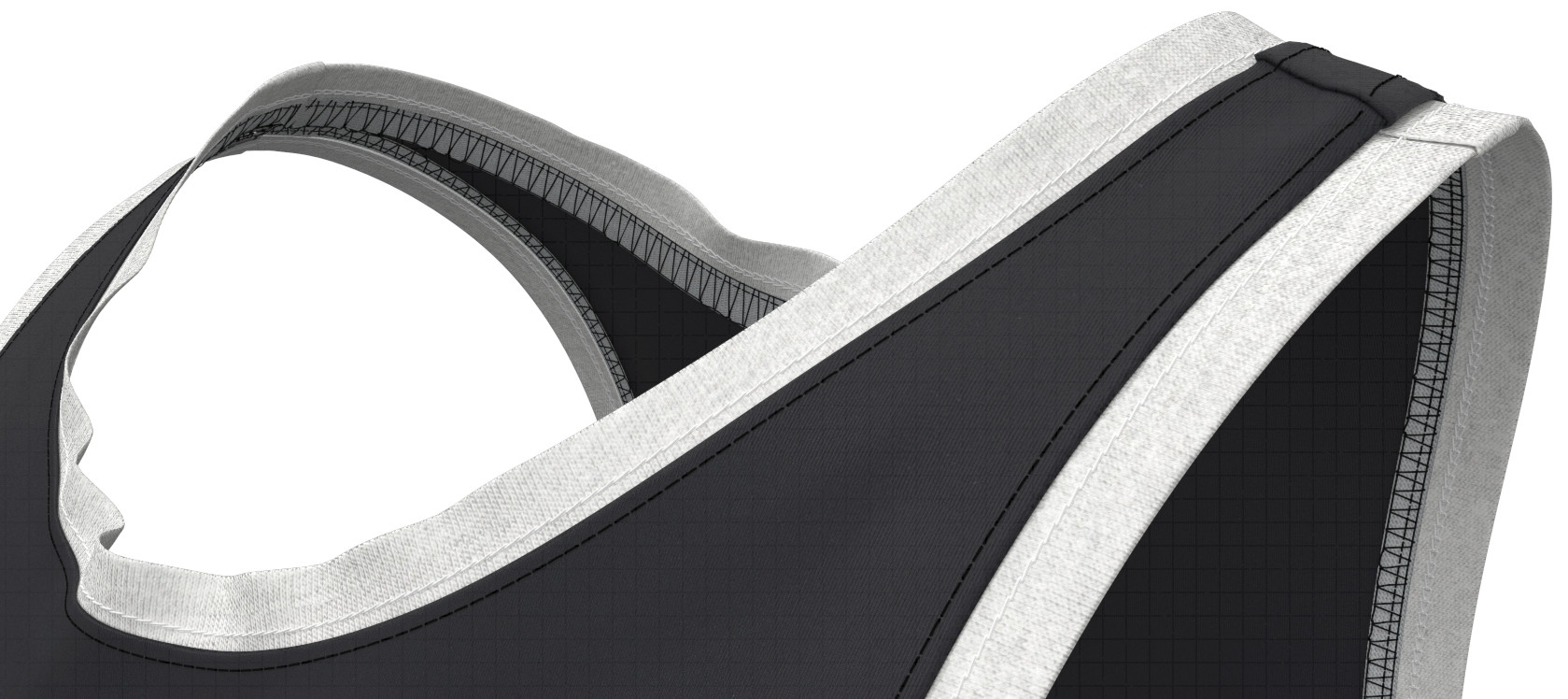Abstract
Seams play a fundamental role in the way a garment looks, fits, feels and behaves. Seams can have very different shapes and mechanical properties depending on how fabric is overlapped, folded and stitched together, with garment designers often choosing specific seam and stitch type combinations depending on the appearance and behavior they want for the garment. Yet, virtually all 3D CAD tools for fashion and visual effects ignore most of the visual and mechanical complexity of seams, and just treat them as joint edges, their simplest possible form, drastically limiting the fidelity of digital garments. In this paper, we present a method that models seams following their true, real-life construction. Each seam brings together and overlaps the fabric pieces to be sewn, folds the fabric according to the type of seam, and stitches the resulting assembly following the type of stitch. To avoid dealing with the complexities of folding in 3D space, we cast the problem into a sequence of simpler 2D problems where we can easily shape the seam and produce a result free of self-intersections, before lifting the folded geometry back to 3D space. We run a series of constrained optimizations to enforce spatial properties in these 2D settings, allowing us to treat asymmetric seams, gatherings and overlapping construction orders. Using a variety of common seams and stitches, we show how our approach substantially improves the visual appearance of full garments, for a better and more predictive digital replica.
Video
Results








Downloads
Bibtex
Acknowledgements
The authors would like to thank Harrison Johnson and Miguel A. Otaduy for many insightful discussions, Sofía Domínguez and Loreto Pérez for their help with real fabric assemblies, Javier Fabre and Víctor Arellano for seam and stitch rendering, and the SEDDI teams in general for their help and support. This work was funded in part by the Spanish Ministry of Economy, Industry and Competitivity with Torres Quevedo grants FashionScale (PTQ-17-09154) and FashionSkin (PTQ-17-09156), and by the Spanish Ministry of Science and Innovation with Retos Colaboración grant FashionAvatar (RTC2019-007480-6).
